#Black Hills Wildlife
Text
Discover the Black Hills: Your Ultimate Hiking Guide to South Dakota's Hidden Gem
Embark on an unforgettable journey through the heart of South Dakota’s breathtaking Black Hills. As an outdoor enthusiast, you’ll be captivated by the region’s natural beauty, marked by towering peaks, lush forests, and an abundance of wildlife. Whether you’re a seasoned hiker or a beginner, this guide offers all the comprehensive information you need to plan your trek in this magnificent…

View On WordPress
#American Wilderness#Backpacking South Dakota#Black Hills#Black Hills Hikes#Black Hills Journey.#Black Hills Wildlife#hiking guide#Hiking South Dakota#hiking trails#Nature Trails#outdoor adventure#Outdoor Enthusiast#South Dakota Adventures#South Dakota Hiking#South Dakota Travel#wilderness exploration
0 notes
Text


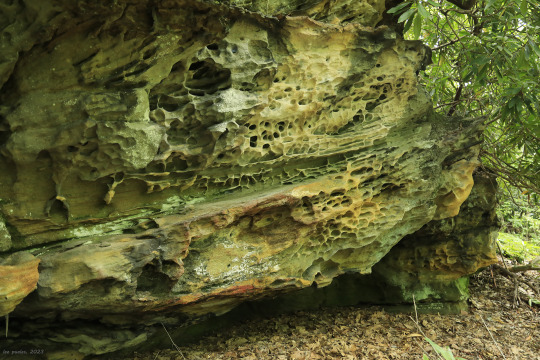

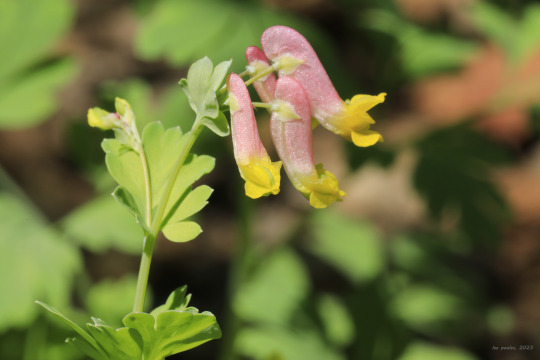
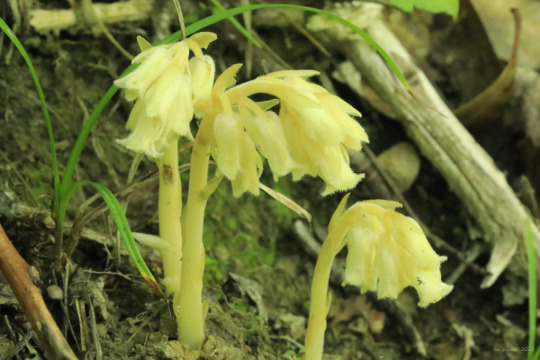










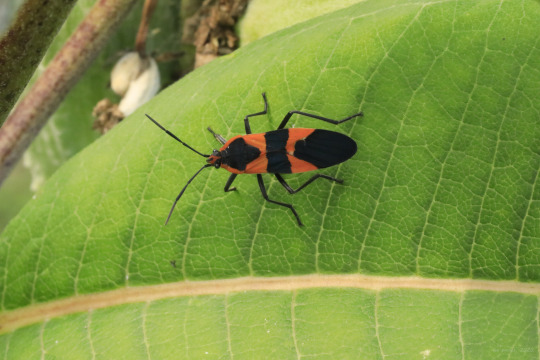
A hike in the Cheat River Canyon on a hazy, mid-summer day brings a great many rewards, both large and small.
From top: Fractured and pitted sandstone gives testimony to the canyon's ancient struggle with the elements; black cohosh (Actaea racemosa or Cimicifuga racemosa), whose towering flower spikes stalk the old woods like magical beings; the colorful rock harlequin (Corydalis sempervirens), an endangered fumitory that haunts the canyon's rocky outcrops; pinesap (Monotropa hypopitys), a parasitic plant closely related to Indian pipe; spotted St. John's wort (Hypericum punctatum), which is distinguished from the invasive St John's wort (Hypericum perforatum) by the numerous black dots on its flowers and leaves; downy rattlesnake plantain (Goodyera pubescens), a shade-tolerant terrestrial orchid that favors oak-hickory woods; shrubby St. John's wort (Hypericum prolificum), a mounding, deciduous shrub of open, sandy woods; orange-fringed orchid (Platanthera ciliaris), a stunning late summer beauty of Appalachia's moist meadows and open woods; a hummingbird clearwing moth (Hemaris thysbe) visiting a late-blooming milkweed; a silvery checkerspot (Chlosyne nycteis) drinking up the nectar of a butterfly milkweed (Asclepias tuberosa); an American green crab spider (Misumessus oblongus) stalking a black-eyed Susan for its next meal; a large milkweed bug (Oncopeltus fasciatus) being perfectly beautiful on a lazy summer day; and last but not least, a hulking patch of eastern Jack-0'-lanterns (Omphalotus illudens), which contrary to what field guides say have never glowed in the dark for me (I love the toxic little beauties nonetheless).

#appalachia#vandalia#west virginia#wildflowers#flora#summer#snake hill wildlife management area#cheat river canyon#chestnut ridge#fungi#insects#orchids#black cohosh#rock harlequin#pinesap#spotted st. john's wort#downy rattlesnake plantain#shrubby st. john's wort#orange-fringed orchid#hummingbird clearwing moth#silvery checkerspot#butterfly milkweed#american green crab spider#large milkweed bug#jack o' lantern#lepidoptera
173 notes
·
View notes
Text
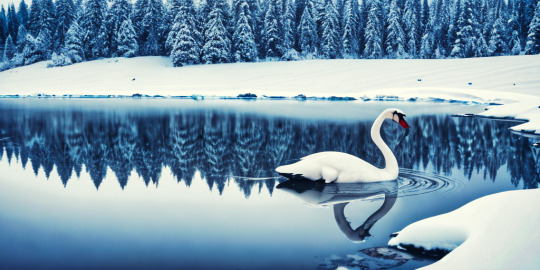
winter's cold lake
#landscape#outdoors#beauty#peaceful#serene#nature#photography#fantasy#swan#black swan#bird#wildlife#swan lake#lake#lakeside#pond#hills#river#winter#winter snow#cold#ice#water#snow
29 notes
·
View notes
Text

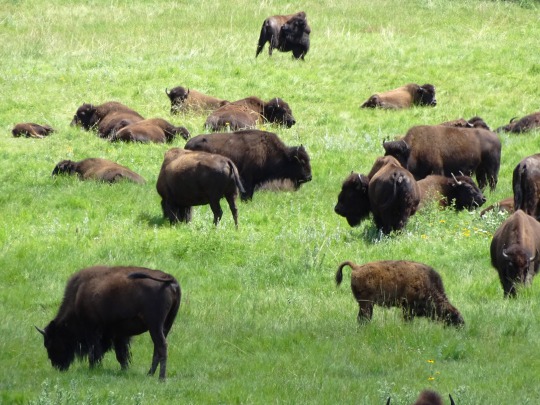



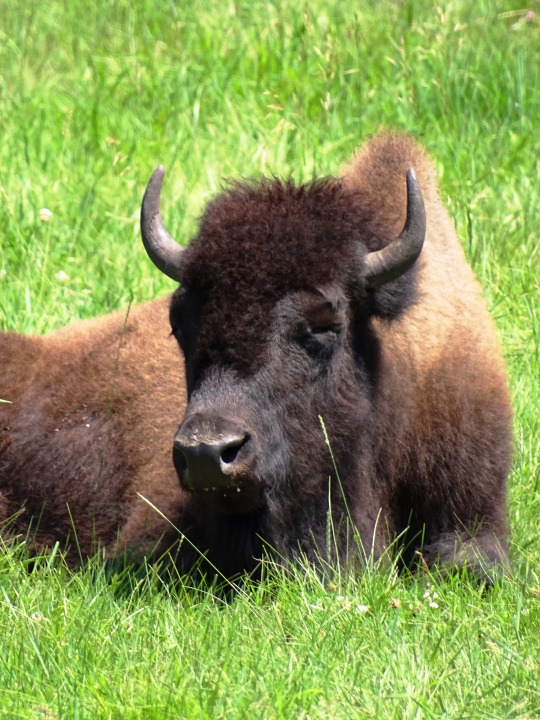

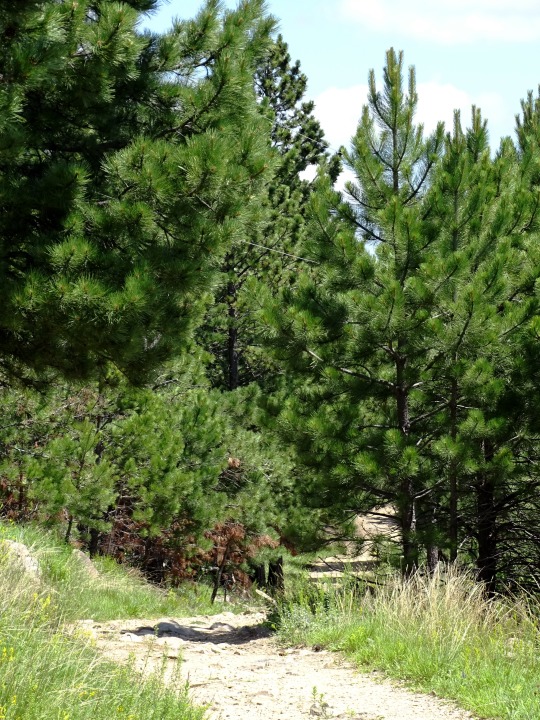
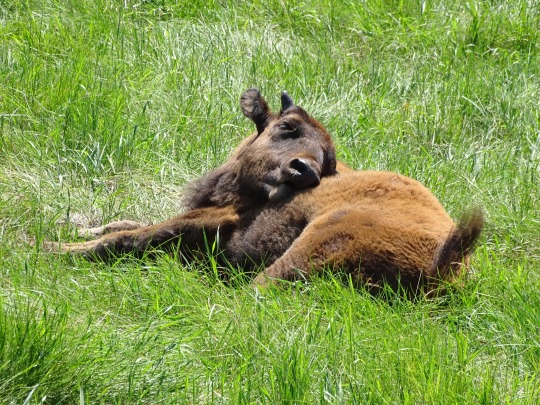



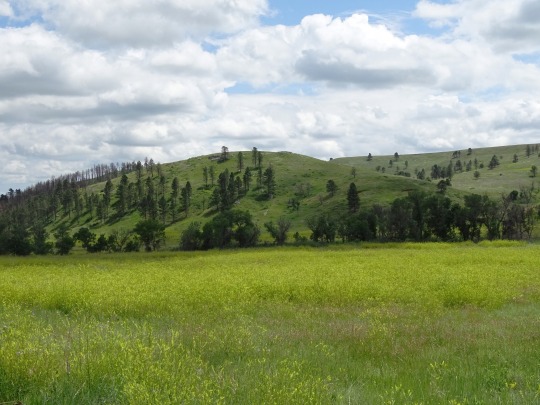


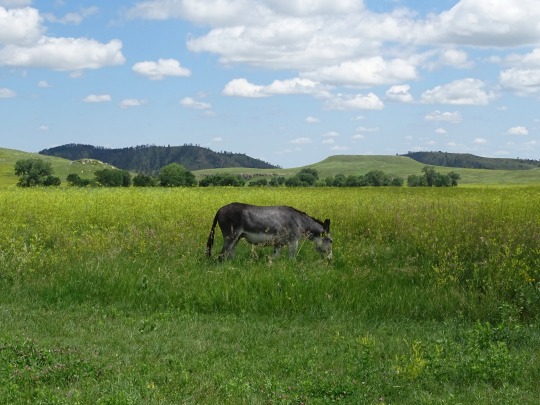






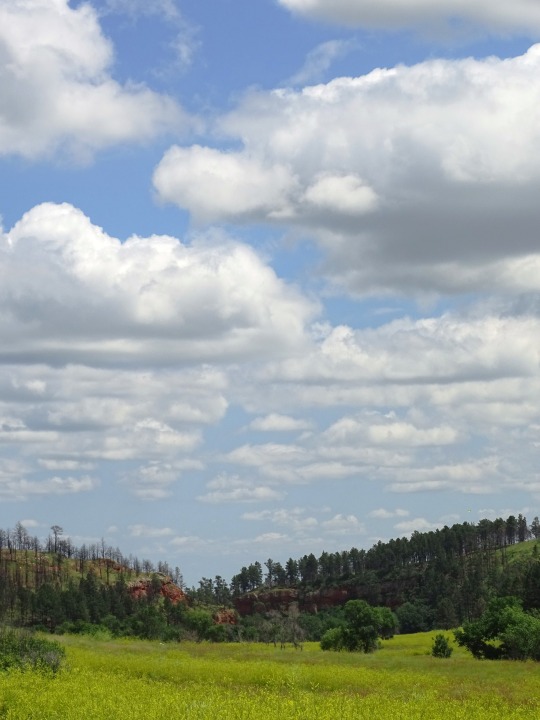


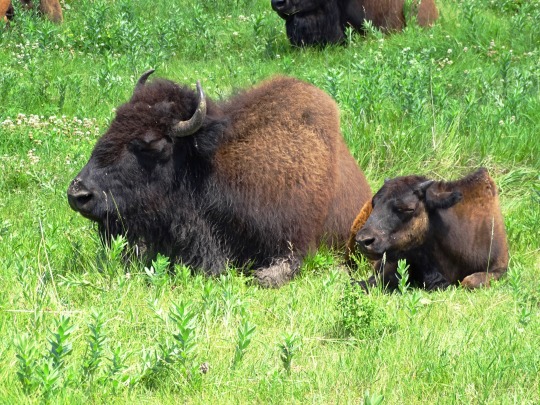
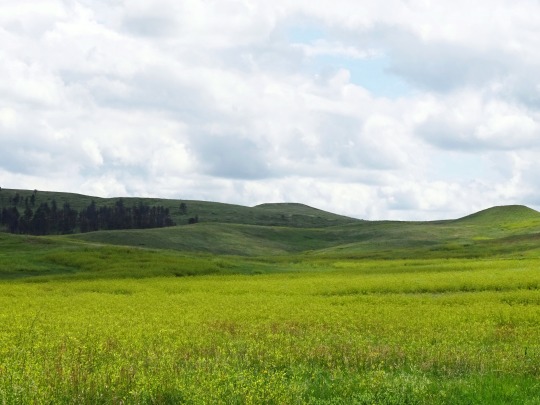



On February 22, 1889 US President Grover Cleveland signed the Enabling Act of 1889 which split the Territory of Dakota into two states: North Dakota and South Dakota.
#Grover Cleveland#signed#Enabling Act of 1889#South Dakota#split#Territory of Dakota#22 February 1889#135th anniversary#US history#Black Hills#Custer State Park#I love Custer State Park#Mount Rushmore National Memorial#controversy#buffalo#American bison#wildlife#begging burro#donkey#flora#fauna#wildflower#original photography#summer 2019#travel#vacation#countryside#big sky country#tourist attraction#landmark
8 notes
·
View notes
Video
Escaping the Panic by David & Shiela Glatz
Via Flickr:
It was a peaceful, idyllic scene - a soft drizzle of rain, several Bison (Bison bison) mothers with newborn calves. The moms were feeding while the "red dogs" ran after each other and nursed. Then . . . all of a sudden, one of the mothers started running around like she was crazy. It stunned her calf, and the other moms freaked out when she approached their calves. Our best guess is that a snake (there are rattlers all over the place here) spooked the female. Here a mom and her calf "hoof" it out of the area, to a safe spot on a nearby hill.
#Canon R5 C#Glatz Nature Photography#Nature#Nature Photography#North America#South Dakota#United States#United States of America#Wild Animal#Wildlife#Bison#Buffalo#Bison bison#Black Hills#Custer State Park#flickr
27 notes
·
View notes
Text

Bison herd. Custer State Park, South Dakota.
Explore:
#bison#american bison#custer state park#nature#nature photography#landscape#landscape photography#wildlife#animal photography#wandering#travel#original photography#photographers on tumblr#lensblr#photography#south dakota#black hills#wanderingjana
9 notes
·
View notes
Text
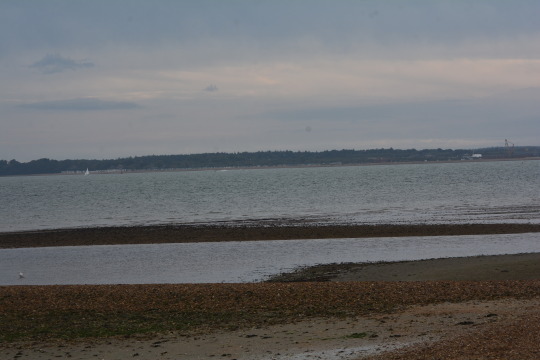

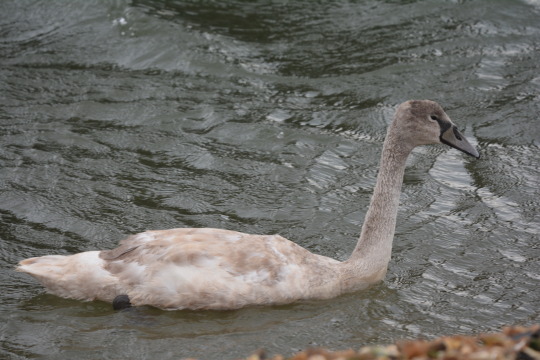


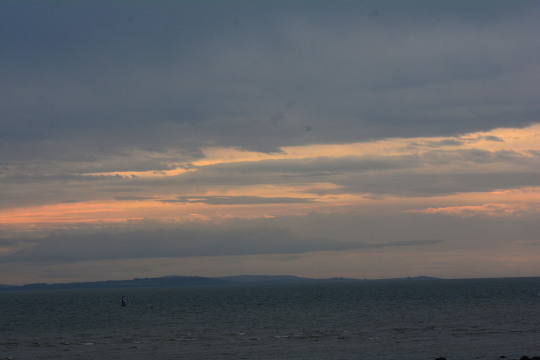




27/09/23-Hill Head
Pictures taken in this set: 1, 4 and 6. Views on a brief call here today. 2, 5, 9 and 10. A Great Black-backed Gull it was entertaining to watch trying to take away/consume a large fish in the mud, a key bird of my day with the one seen well on the Poole Harbour boat trip which my last post mentioned. 3 and 7. Young Mute Swan. 8. Rose hips.
It was good to see Gadwall and Avocet in Titchfield Haven here too as well, key birds of my week off so far, Gadwall is one I've had a good year for and am on a good run for. Coot, Cormorant, Turnstone, Woodpigeon, honeysuckle, groundsel, oxtongue, hogweed, bindweed, ragwort, rock samphire and hawthorn berries and blackberries were also nice to see here.
#photography#great black-backed gull#hill head#england#hampshire#uk#world#nature#happy#turnstone#gadwall#avocet#woodpigeon#berries#birdwatching#earth#birds#wildlife#outdoors#2023#september#titchfield have
7 notes
·
View notes
Video
#black and white#living desert zoo#palm desert#giraffe#landscape#wildlife#grass#hills#mountains#sky#enclosure#tall#neck#animal#flickr
4 notes
·
View notes
Text

CAGED CAT | 2018 | CANON 1300D
#nature#naturephotography#landscape#naturelovers#adventure#animals#wildlife#naturelover#outdoors#photography#aesthetic#digital#south africa#black and white#wilderness#trees#hills#field#road#grass#fields#head#TRIP#TOUR#FENCES#travels#light#cat#wild
3 notes
·
View notes
Text
605 Speaks chats with Chris from Bigfoot South Dakota. Monday, February 19th 7pm CST / 6pm MST
Subscribe & hit the notifications bell to join us live on Youtube!
https://www.youtube.com/live/j32wrLTZ0Bc?si=x2ZXFfT48yF3qgxC
Like and Follow 605 Speaks on Facebook
https://fb.me/e/3iPEgs5DU
#SouthDakota #605Speaks
Tell me your stories.
#south dakota#605 speaks#sioux falls#bigfoot#cryptid#adventure#hiking#camping#meade county#meade#wild west#wildlife#black hills#badlands
0 notes
Text
Chalk’s Campground SA landscape, for full story and more articles go to


View On WordPress
#Adelaide Hills#adelaide rosella#Australian birds#black house spider#centipede#Chalk&039;s Campground#Mt Crawford Forest#rosella#shingleback lizard#South Australian birds#South Australian tourism#south australian travel#South Australian wildlife#sulphur crested cockatoo#wildlife photography
1 note
·
View note
Text
From the Badlands National Park to the Black Hills of South Dakota, you can catch us on YouTube.
youtube

0 notes
Text




I suppose if any wildflower can be said to embody the bounty and energy of summer, it must be black cohosh (Cimicifuga racemosa, or Actaea racemosa). Anyone who has grown up in Central Appalachia will instantly recognize and connect with the towering "fairy candles" of this woods-dwelling perennial in the buttercup family - some might even suggest a spiritual bond exists between the people of the mountains and the plant. This isn't surprising - black cohosh has a long and storied history as a medicinal herb, dating back to the Native American tribes, who used an extract from its root to treat everything from musculoskeletal pain to snake bites, and continuing with the European settlers, who used it to treat the symptoms of menopause. While there is little evidence from clinical trials indicating the plant's efficacy in treating menopausal symptoms, higher quality studies are being urged and may yet prove the plant's value in supporting female reproductive health. Irrespective of its potential contributions to medicine, black cohosh is the living spirit of Appalachia's summer woods, and one of the most spectacular wildflowers of North America.
#appalachia#vandalia#west virginia#wildflowers#flora#summer#favorite summer wildflowers#traditional medicine#herbal medicine#herbal remedies#black cohosh#fairy candles#black bugbane#black snakeroot#snake hill wildlife management area#cheat river canyon
137 notes
·
View notes
Text

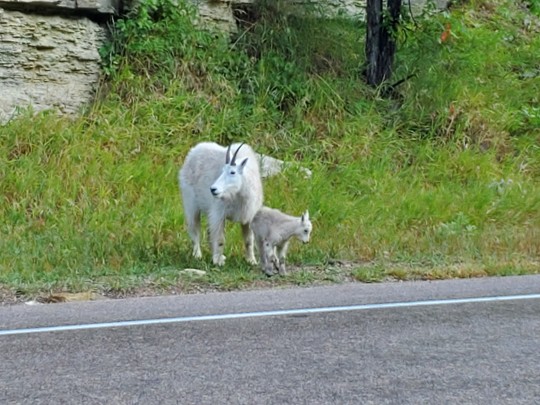
Mountain Goat and her kid. Black Hills.
1 note
·
View note
Photo
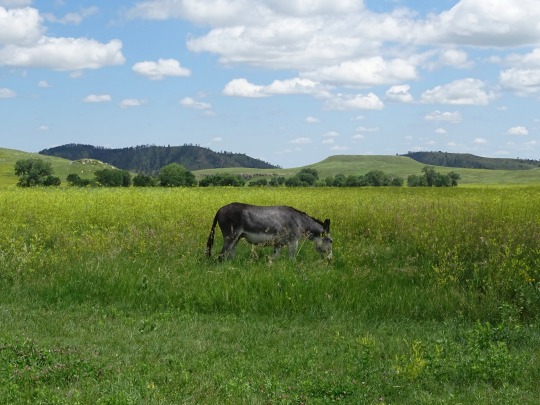

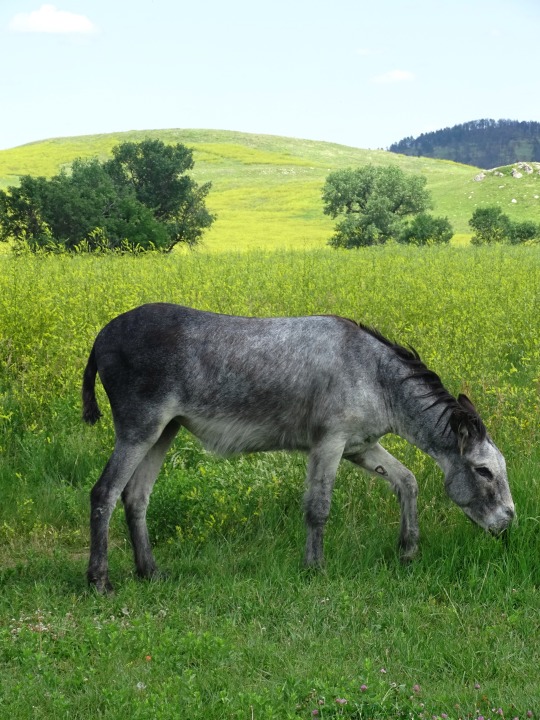


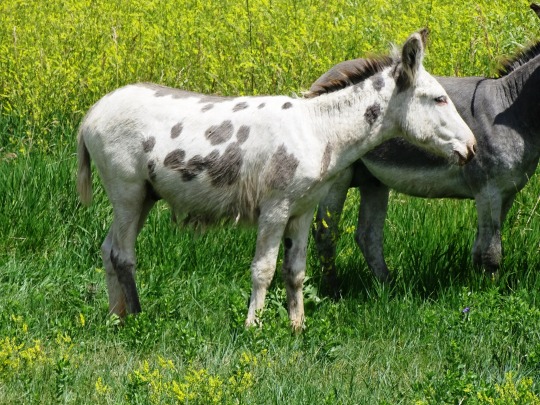
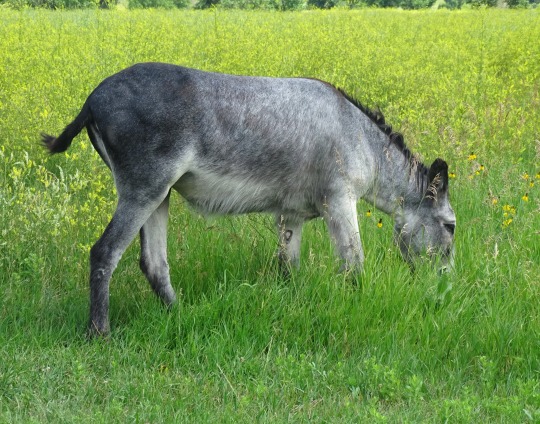

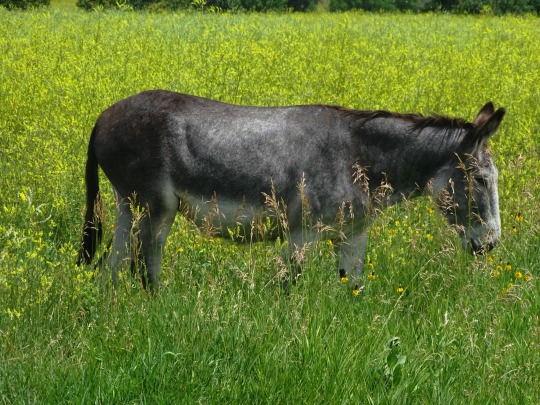
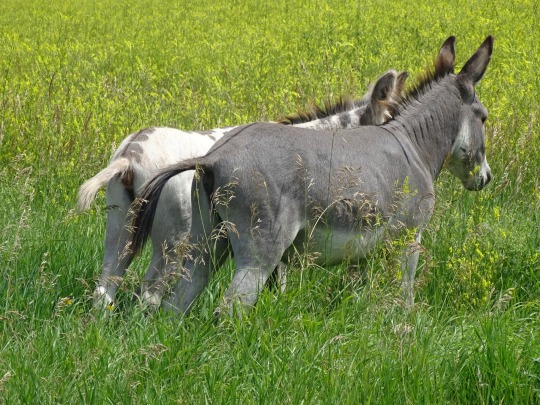
World Donkey Day
Visit a petting zoo, or simply do some research into the underappreciated, stalwart, useful and intelligent beasts of burden known as donkeys.
World Donkey Day is a show of respect for one of the most enduring and respectable animals in the Equidae family. Throughout history, it has served throughout the world as both a mount and a beast of burden in some of the most challenging terrains and forbidding climates, and has done so with pride and endurance. It’s unsurprising that these beasts’ success is due in part to their stubborn nature, and World Donkey Day honors them for this along with their other, perhaps more laudable, traits.
History of World Donkey Day
Two subspecies of the donkey, the Somalian and the Nubian, were bred together to produce what we think of as the modern Donkey. Available evidence points to the Donkey having been working alongside humanity since 4000 BCE, most likely in Nubia, as a more versatile and resilient pack animal than the ox they were presently using. Since then they have been bred and transplanted all over the world as cultures moved, and the world expanded, and can now be found just about everywhere.
They’re also the progenitors of the sterile mule, a cross-breeding of horse and donkey that results in a breed with the strengths of both. Sadly mules are almost entirely sterile, and the exceptions so rare that no breeding stock of pure mules has ever been able to be achieved, in part due to there having yet to be recorded a case of a breedable mule stallion. Strangely, there have been cases where female mules have birthed what are, for all appearances, pure horses when bred with a horse.
Without the help of donkeys, it is hard to imagine that the modern world could ever have come into existence. These hardy pack animals provided civilization with the motive energy needed to generate wealth, well before the advent of steam power or electricity. For that reason, many people consider donkeys just as fundamental to our society as writing, pottery, and metallurgy.
World Donkey Day is all about celebrating their stoic spirit and individual charm. These creatures aren’t afraid of a hard day’s work. In fact, they more or less invented the concept. Donkeys pull carts, operate mills, and carry cargo for miles and miles, well after other species would have given up. For that reason, they have a special place in our hearts. They’re willing to put in the effort (for no pay) all to serve us – their grateful human masters.
World Donkey Day is the brainchild of Raziq Ark, a scientist whose interests primarily concern desert animals. Around ten years ago, he noticed that nobody was celebrating the humble donkey for its efforts in helping people all over the world improve their quality of life. In recognition of all this hard work, he set up a Facebook group, chronicling the trials and tribulations of the species all over the world. Eventually, the idea to set up a World Donkey Day emerged in 2018, and we’ve been celebrating it ever since.
The concept drew widespread attention in the media. The Daily Express, for instance, ran an article covering ten facts that people don’t know about donkeys. Did you know that a female donkey is called a Jenny? Ark also has thousands of followers on his Facebook page, all showing their support for this amazing creature.
Donkeys have played an essential part in human history. Ark says that they are a “precious genetic resource and a great gift of nature.” You can’t get higher praise than that!
How to celebrate World Donkey Day
The best way to celebrate World Donkey Day, depending on where you are, is merely to research these incredible beasts and the role they had to play in the world. If you’re somewhere you can take a Donkey Ride tour like the Grand Canyon or tours of certain abandoned mines then that’s an even better way to become acquainted with these adorable long-eared equines. World Donkey Day reminds us that we owe a large part of our success on this planet to these fellow travelers on the starship Earth.
There are plenty of other ways that you can show your support to donkeys all over the world and improve their wellbeing. Many of them are in constant pain and need attention fast. Often their owners are too poor to pay for a veterinarian, so it falls to the rest of us to take up the slack. Donating to a donkey charity, therefore, is a great way to show your support for these fabulous creatures directly. Currently, there are a handful of nonprofits working hard all over the world to deliver medical attention to neglected and abused animals. These charities use donated money to provide much-needed treatment to donkeys in their hour of need.
Donkey abandonment is another major issue. Many owners will dump their donkeys at the side of the road if they can no longer afford to take care of them. The animal must then scavenge for food to survive. Giving to a donkey charity, therefore, can provide these victims with shelter where they can live in safety and peace.
Donkeys are beautiful, but neglected creatures. World Donkey Day is a chance for everyone who cares about these animals to highlight their plight and do something practical about it. Are you in?
Source
#Custer State Park#I love Custer State Park#flora#fauna#wildlife#wildflower#begging burro#Oatman#Arizona#summer 2019#2014#original photography#Black Hills#South Dakota#landscape#meadow#USA#countryside#North Central Region#tourist attraction#Orlando#cityscape#World Donkey Day#WorldDonkeyDay#8 May
30 notes
·
View notes
Text
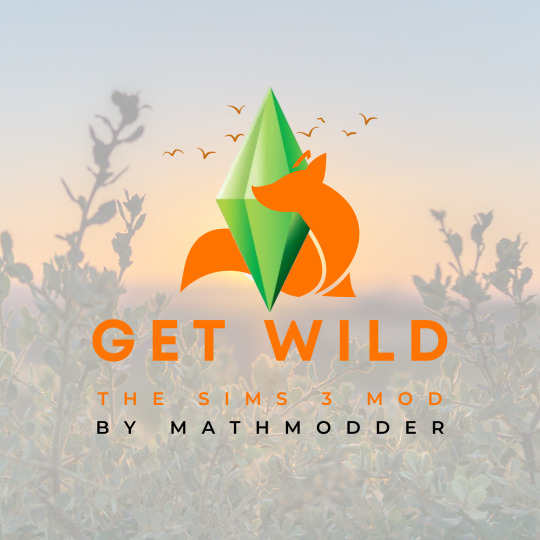
youtube
Get Wild Mod by MathModder (In Progress)
What you need to know:
This mod introduces wild animals into your game map that spawn naturally in beetle spawners. It includes birds, small mammals, amphibians, more insects and reptiles in nature zones. Birds can fly and land in random locations and ground animals can be seen walking around the map.
You can choose ONE from various versions that best suit your world. Select the version that spawns specific animals suitable for your World's location.
Here's a list of potential versions that will be included in the mod:
All Wildlife (City World)*
All Wildlife (Medieval / Country town)**
American Wildlife (City World)*
American Wildlife (Medieval / Country town)**
European Wildlife (City World)*
European Wildlife (Medieval / Country town)**
African Wildlife (City World)*
African Wildlife (Medieval / Country town)**
Eastern Wildlife (City World)*
Eastern Wildlife (Medieval / Country town)**
*Versions for cities will have additional specific effects that help create a more beautiful environment for your city, such as planes in the sky, fireworks, sunshine rays during the day, and sky lanterns for the All Wildlife and Eastern Wildlife version.
**Versions for Medieval/Country towns will feature additional specific effects to enhance the beauty of your world, including hot air balloons in the sky, sunshine rays during the day, and more.
These additional effects mentioned above will appear rarely and randomly in your world.
Can I place individual animals in specific locations, such as on rocks or tables?
In a future update after launch, this function will be added, for now they will only spawn where there is a beetle spawner. Ground animals on the ground and birds in the air.
Is the mod heavy to run?
Within the game I am optimizing it so that a small number of animals spawn at the same time and only spawn at a maximum distance of 500 meters from the player's camera.
How many files will there be?
Because there are many animals and specific animations for each one, the files will be heavy, will be a maximum of 2 to 3 files. In tests in my game with 150 other mods from other creators, I didn't see any loss of performance due to the optimization I'm doing within the game.
It is worth mentioning that some files will need to be placed in the Overrides folder and others in the Packages folder, they will all be specified at launch.
Is this mod compatible with other effect mods?
Yes, it will be compatible.
Bugs:
Depending on the location, there may be some bugs such as birds landing in the air or animals walking a little above the ground, this is due to calculation problems on certain game surfaces and physics, whether hills or mountains, but over time I will update and see What can I do to reduce this. In this case I depend on the engine the game has and whether it is possible to correct certain errors.
Release date:
Between January and February 2024 (It is in the testing phase)
Here is the list of animals that will be included in the mod:
American Eagle Bird
Anteater
Artic Tern
Aphids
Bat
Beaver
Bees
Black Bird
Black Egret
Black Fox
Black Goose
Black Rat
Blue Bird
Blue Frog
Blue Green Parrot Bird
Blue Jay
Blue Lizard
Blue Parakeet
Blue Macaw
Booby Bird
Brown Bird
Brown Bunny
Brown Egret
Brown Hen
Brown Monkey
Brown Owl Bird
Brown Pelican Bird
Brown Squirrel
Bullfinch Bird
Bullfrog
Butterflies (many colors)
Buzzard Bird
Canary
Capercaillie Female Bird
Capercaillie Male Bird
Canadian Goose
Cardinal
Carcara Bird
Charadriidae
Chimp
Chimpmunk
Chukar partridge
Condor Bird
Cormorant
Coyote
Crow
Cicada
Cockroach
Dart Frog
Dove Bird
Dragonfly
Egret
European Goldfinch
Falcon
Female Peacock Bird
Flamingo Bird
Fox
Fireflies
Golden Monkey
Golden Pheasant
Goldfinch
Gray Frog
Gray Lizard
Gray Parrot Bird
Gray Partridge
Green Bird
Green Frog
Green Lizard
Green Parakeet
Green Parrot Bird
Harlequin Duck
Hawk
Heron Bird
Hoopoe Bird
Horn Owl Bird
Humming Bird
Humming Bird Loop
Jack Rabbit
Kinkajou
Komodo Dragon
Ladybug
Lilac-breasted Roller
Little Red Parrot
Little Yellow Bird
Little Yellow Parrot
Magpie
Mallard Bird
Marmot
Marten
Male Peacock Bird
Mole
Multicolor Bird
Nude Rat
Orange Bird
Orange Fox
Orange Frog
Owl
Pangolin
Pheasant
Pink Cockatoo
Piper Bird
Possum
Pigeon
Quero-Quero Bird
Raccoon
Raven
Red-Eyed
Red Fox
Red Frog
Red Head White Cardeal
Red Lizard
Red Panda
Red Macaw
Red-crowned Crane
Rooster
Scissor White Bird
Sea Parrot Bird
Seagull
Silver Pigeon
Skunk
Snake
Sparrow
Spiny Lizard
Stork
Striped Lizard
Swallow Bird
Toco Toucan
Tortoise
Vulture Bird
White Bunny
White Cockatoo Bird
White Diving Bird
White Fox
White Goose
White Hen
White Monkey
White Owl
White Pelican Bird
White Piper Bird
White Rat
White Squirrel
White Swan
Wild Rabbit
Woodpecker
Yellow Lizard
Yellow Parakeet
Yellow Pelican Bird
Yellow Toucan
Want to support? Be a Patreon and get Early Access!
Math Modder | The Sims 3 Mods and MO-MO-MORE! | Patreon
If you have any questions, leave them in the comments and I will add them to this post!
428 notes
·
View notes